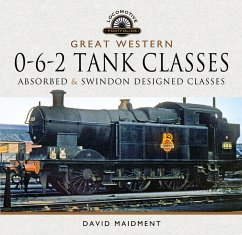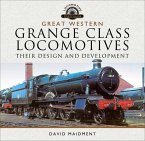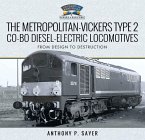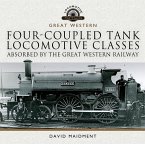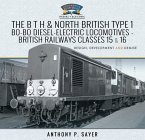Descriptions and hundreds of photos of these tank engines that played a major role in Welsh coal mining and passenger rail. After tackling the Great Western Railway's pannier tanks in a previous Locomotive Portfolios volume, David Maidment seeks out descriptions and photographs of the GW 0-6-2 tank engines, the majority of which were built by the Rhymney, Taff Vale, Barry, and other Welsh railways from the last decade or so of the nineteenth century onward. The engines of eight different companies, absorbed by the GWR in 1922, are described and illustrated, as well as the way in which many were modernized and rebuilt at Swindon or Caerphilly Works in the 1920s. GWR Chief Mechanical Engineer Charles Collett was, however, faced with a motive power crisis in the mining valleys at the Grouping, as many of the companies had economized on essential maintenance as the GW's takeover drew near, and he had to hurriedly design a standard 0-6-2T to complement and bolster their work as the powerful GW 2-8-0Ts were too heavy and wide for many of the Cardiff valleys. These engines, the 56XX & 66XX classes, became part of the South Wales scene between 1925 and 1964, mainly running the coal traffic between pits and docks, although they dominated Cardiff Valley passenger services until the influx of BR 3MT 2-6-2Ts and GW 41XX 2-6-2Ts in 1954 and 1955. With around 300 black & white photographs, this book takes a wide-ranging look at these locomotives.
Dieser Download kann aus rechtlichen Gründen nur mit Rechnungsadresse in A, B, BG, CY, CZ, D, DK, EW, E, FIN, F, GR, HR, H, IRL, I, LT, L, LR, M, NL, PL, P, R, S, SLO, SK ausgeliefert werden.

